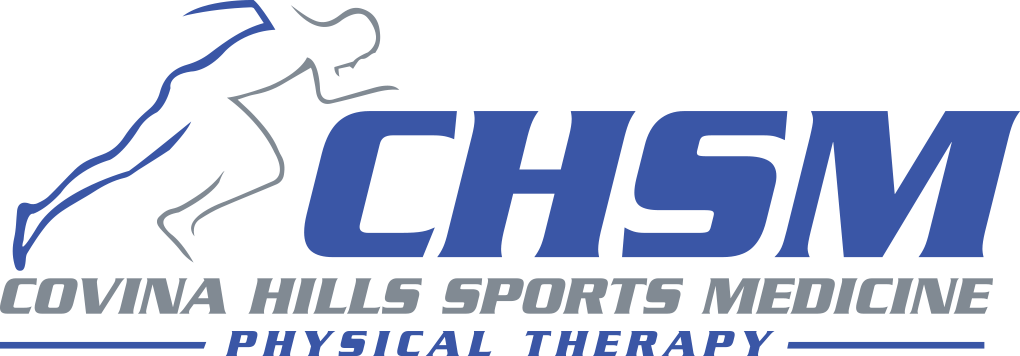News
Top 10 Ways Athletes Can Prevent Sports Injuries in 2024

Principles of Injury Prevention
While most athletes understand the basic principles of injury prevention, the real challenge lies in consistently executing these strategies within their training and daily routines. Knowing is just half the battle; actively applying this knowledge is what truly minimizes injury risk. Here's how you can integrate these practices into your life effectively:
1. Prioritize Proper Warm–Up Techniques:
Before engaging in your sport, perform dynamic stretches like leg swings and lunges, especially crucial before activities like running. These exercises mimic sport–specific movements, preparing muscles and joints for the activity ahead (Source: American Journal of Sports Medicine).
2. Embrace Cross–Training:
Add variety to your workout by incorporating different activities. For example, if you're primarily a runner, include low–impact exercises like swimming or cycling. This approach helps build strength and endurance while reducing repetitive strain on specific muscle groups (Source: British Journal of Sports Medicine).
3. Strength Training:
Integrate exercises like squats and deadlifts into your routine, ideally twice a week. This not only builds core and leg strength but also supports your joints, reducing the risk of injury (Source: Journal of Strength and Conditioning Research).
4. Focus on Flexibility:
Dedicate about 10 minutes each day to stretching exercises, such as hamstring and calf stretches. Regular flexibility work improves your range of motion and helps prevent strains and sprains (Source: Journal of Athletic Training).
5. Hydration and Nutrition:
Maintain regular hydration throughout the day, not just during physical activities. Incorporate a balanced diet with sufficient protein to aid muscle repair and recovery (Source: International Journal of Sports Nutrition and Exercise Metabolism).
6. Rest, Recovery, and Sleep:
Ensure you have regular rest days in your training schedule. Sleep is equally important; aim for 7–9 hours each night and establish a consistent bedtime routine to enhance sleep quality. Adequate sleep improves muscle recovery and cognitive functions, reducing the risk of injury (Source: Sports Health Journal).
7. Use Proper Equipment:
Choose the right gear for your sport. For instance, cyclists should invest in a well–fitted helmet and proper shoes, while runners need to select shoes that match their gait and replace them at appropriate intervals (Source: Orthopaedic Journal of Sports Medicine).
8. Technique Training:
Working with a coach or trainer to refine your technique, whether it's a tennis serve or a basketball shot, is essential. Proper form significantly reduces the risk of strain injuries (Source: Sports Medicine Journal).
If you do experience an injury, it's important to consult with your physical therapist as soon as possible. We can collaborate with your medical doctor and your training team to help speed the recovery process, and help prevent future injuries.
9. Progressive Training:
Increase your training intensity gradually. For example, if you are starting a new weightlifting program, begin with lighter weights and increase them incrementally to allow your body to adapt safely (Source: Scandinavian Journal of Medicine & Science in Sports).
10. Listen to Your Body:
Pay attention to signs of fatigue or pain. If you experience discomfort, modify your activity or take a break. Switching to low–impact activities like swimming can be beneficial if you're dealing with joint pain (Source: Clinical Journal of Sport Medicine).
In summary, consistently applying these research–backed strategies in your training regime will significantly reduce your risk of injury. Remember, the difference between knowing and doing is critical in sports injury prevention. Make these practices a regular part of your athletic routine for safer and more sustainable performance.
December 13, 2023
Disclaimer:
The information in the articles, posts, and newsfeed is intended for informational and educational purposes only and in no way should be taken to be the provision or practice of physical therapy, medical, or professional healthcare advice or services. The information should not be considered complete or exhaustive and should not be used for diagnostic or treatment purposes without first consulting with your physical therapist, occupational therapist, physician or other healthcare provider. The owners of this website accept no responsibility for the misuse of information contained within this website.
